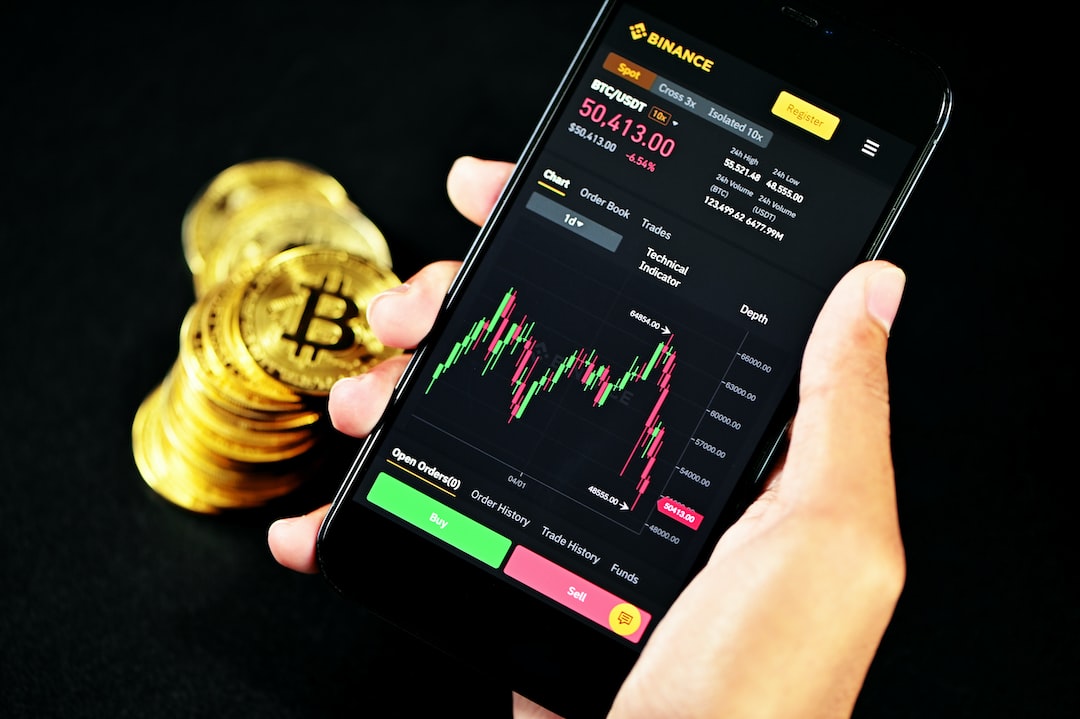A Decline in Stablecoin Market Capitalization and Dominance
A recent report by CCData reveals that the market capitalization of stablecoins dropped to $124 billion in September, reaching its lowest level since August 2021. Additionally, the stablecoin dominance of the overall crypto market cap decreased by 0.2% to 11.6% as of September 18.
Among the top 10 stablecoins by market cap, BUSD and FRAX experienced the largest declines. BUSD’s market cap fell by 19.2% to $2.5 billion, while FRAX’s share dropped by 16.7% to $670 million.
Thin Markets and Lower Trading Volumes
The decline in BUSD’s market cap is not surprising considering New York’s financial regulator ordered issuer Paxos to halt the minting of the coin.
In contrast, PYUSD, a newcomer stablecoin, witnessed a fourfold increase in trading activity between August and September. Huobi secured the highest share of volumes at 57%, and USDT, currently the largest stablecoin by market cap, saw its valuation rise by 0.23% to $83 billion.
The Impact of Uncertain Regulations and Macro Conditions
Despite an overall increase in stablecoin trading volume to $462 billion in August, activity on centralized exchanges remains muted. Investors are turning towards lower-risk government investments like treasuries due to uncertain regulations and challenging macro conditions.
This shift towards less risky investments may be causing stablecoins, which serve as a bridge between traditional finance and crypto, to become less popular among investors. Brian P. Brooks, former US Acting Comptroller of the Currency, emphasized in a Wall Street Journal opinion piece that properly regulated US dollar-backed stablecoins can thwart attempts to de-dollarize by foreign entities.
New Opportunities for Asian Stablecoins
The global push for tokenization has led to the development of non-dollar-backed stablecoins with increasing value propositions.
Japanese bank Mitsubishi UFJ Financial Group introduced its Progmat stablecoin platform in June, enabling banks to issue assets on various public blockchains like Ethereum and Polygon. Other Japanese institutions, such as Minna Bank, Tokyo Kiraboshi Financial Group, and Shikoku Bank, are planning to issue yen-backed stablecoins on a platform provided by Tokyo startup G.U. Technologies.
In Singapore, upcoming regulations governing SGD-backed stablecoins have sparked interest from issuers like StraitsX and Circle Singapore.
Hot Take: The Changing Landscape of Stablecoins
The decline in stablecoin market capitalization and dominance raises questions about their future role in the crypto market. Uncertain regulations and macro conditions have influenced investors’ preferences for less risky investments, potentially impacting the popularity of stablecoins. However, the development of non-dollar-backed stablecoins presents new opportunities for growth, particularly in Asian markets. As the landscape continues to evolve, it is essential to monitor how stablecoins adapt and innovate to meet changing market demands.





 By
By
 By
By
 By
By
 By
By
 By
By
 By
By